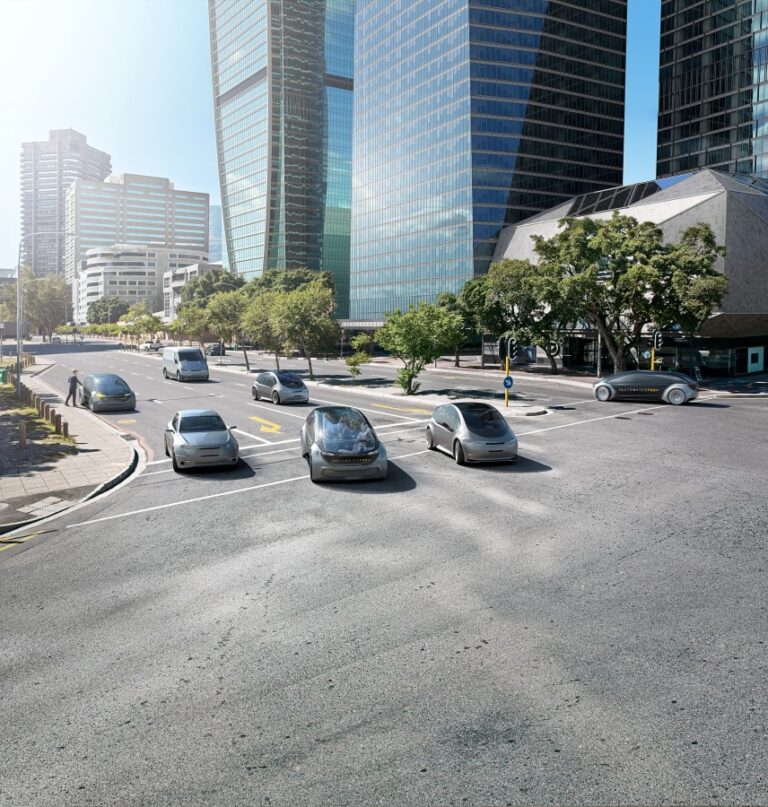Four years ago, the German automotive industry joined forces with 21 partners in a project to develop the world’s first structures for the verification of safety standards for autonomous vehicles in an urban environment. The results of the joint Verification and Validation Methods (VVM) project are now available.
The findings of the pre-competitive research project, funded by the German Federal Ministry for Economic Affairs and Climate Action and initiated by the German Association of the Automotive Industry’s (VDA) flagship initiative Autonomous and Connected Driving, were discussed in detail at the final presentation at the Carl Benz Arena in Stuttgart on November 21, 2023.
The higher the level of automated driving and the more complex a system’s area of application, the more factors there are that need to be taken into account during development. The first SAE Level 3 systems for freeway driving and an SAE Level 4 system for driverless parking have already been approved. Expanding the use of these systems to other applications – such as urban traffic – means that the vehicle and system become much more complex and subject to far stricter requirements.
To be able to provide safety verification, the 21 project partners have jointly developed a model comprising a suite of procedures, methods and tools. This enables a security argumentation to be employed to verify that the system is safe to use.
During the development of the methodology for this model, the partners worked together in several sub-projects. Dr Helmut Schittenhelm, project coordinator at Mercedes-Benz, explained, “The models developed here make it possible for the first time to provide all auto makers with the same structures for the verification and validation of automated driving systems in urban areas.”
Roland Galbas from Bosch, the coordinator of the VVM consortium project, added, “Pedestrians, cyclists, motorized two-wheelers, intersections with limited visibility: one of the biggest challenges for automated driving systems is coping with traffic in an urban environment, which is characterized by a huge volume of road users, traffic light systems, traffic signs, and vehicles.”
“The essence of the VVM research project is to verify that automated driving functions react safely and reliably, and that they also benefit customers in terms of precision and quality,” said Dr Mark Schiementz from BMW, the co-coordinator of the project.
The VVM project’s methodological approach is the world’s first standard to also take industrial processes into account, once again underscoring the German automotive industry’s pioneering role in automated driving. The world’s first regulation for fully automated driving (SAE Level 4) came into force in 2021, when Germany enacted a law to that effect. In 2022, a corresponding regulation outlining the technical details was passed to allow such vehicles to be registered and operated on German roads.
At the end of its project term, and building on the results of its Pegasus and SetLevel predecessor projects, VVM has now delivered the world’s first consistent methodical approach to safety for automated driving in an urban environment, enabling industry-wide collaboration and value creation.


